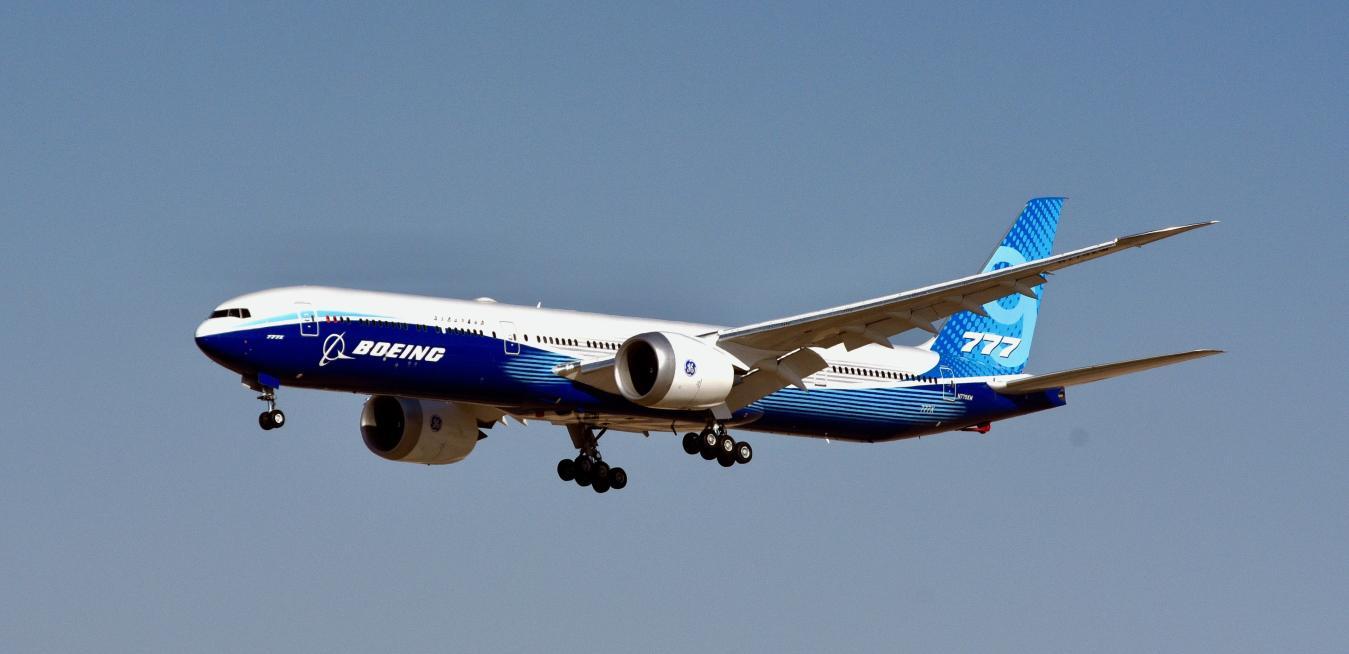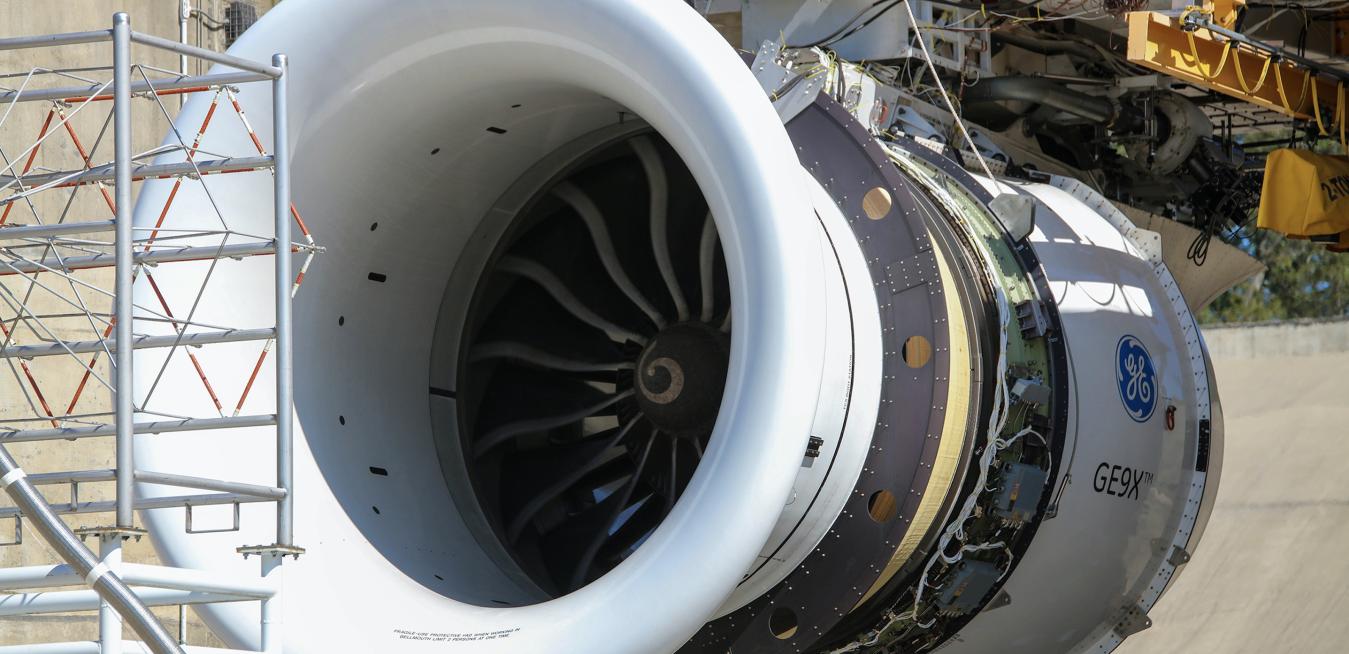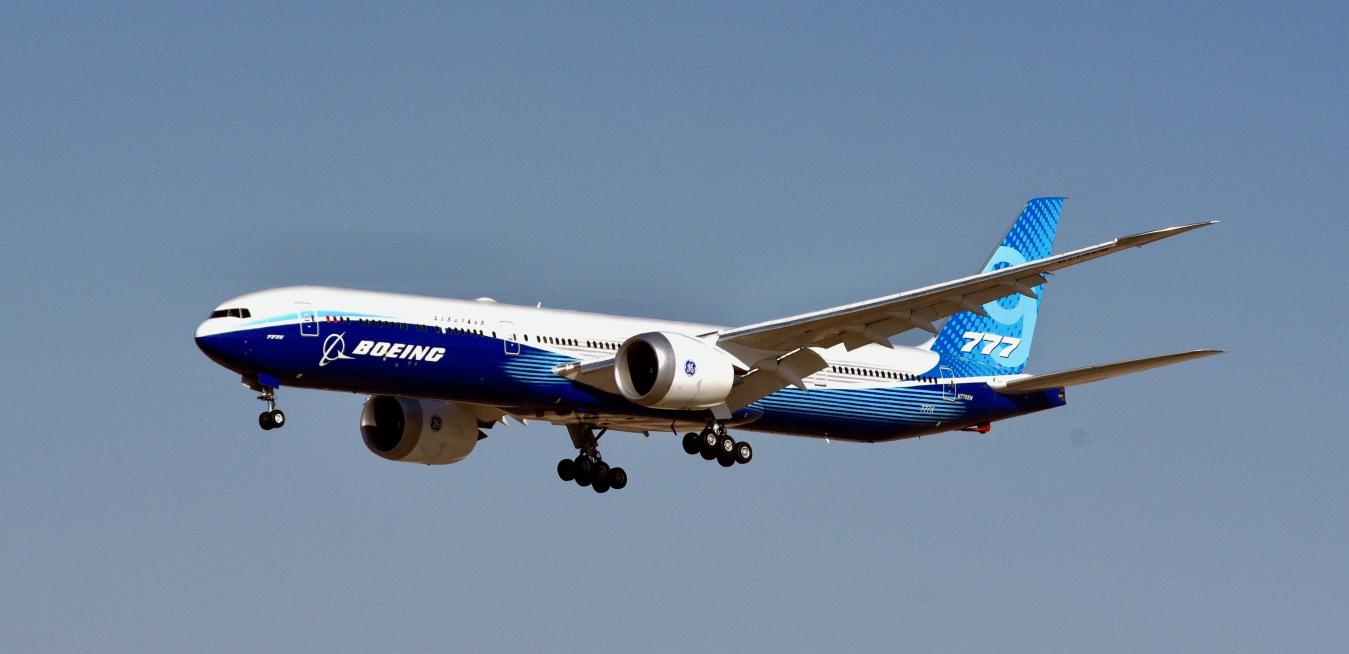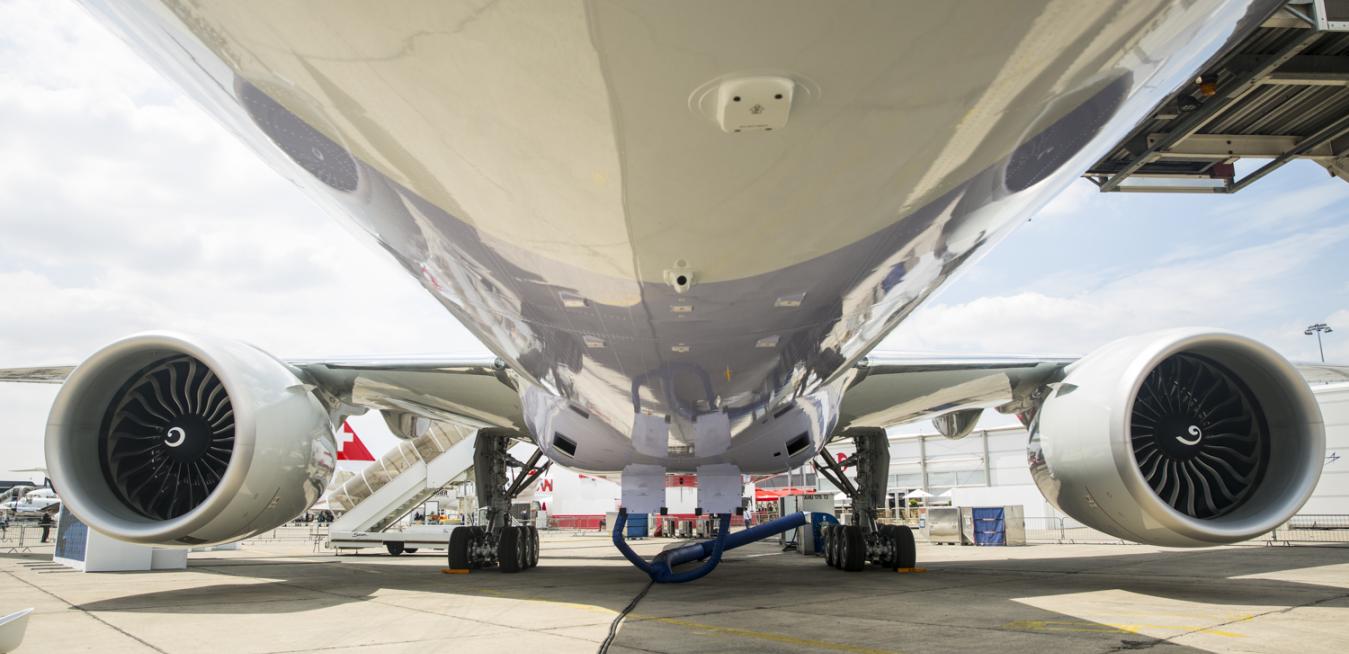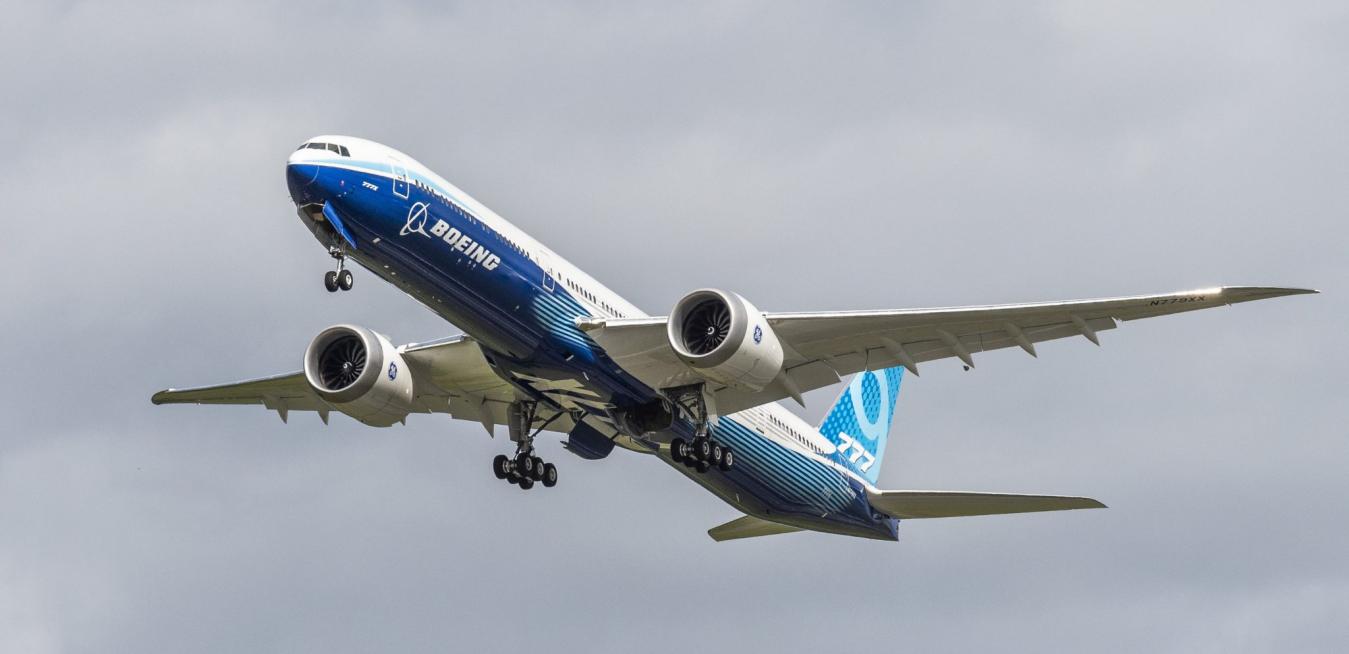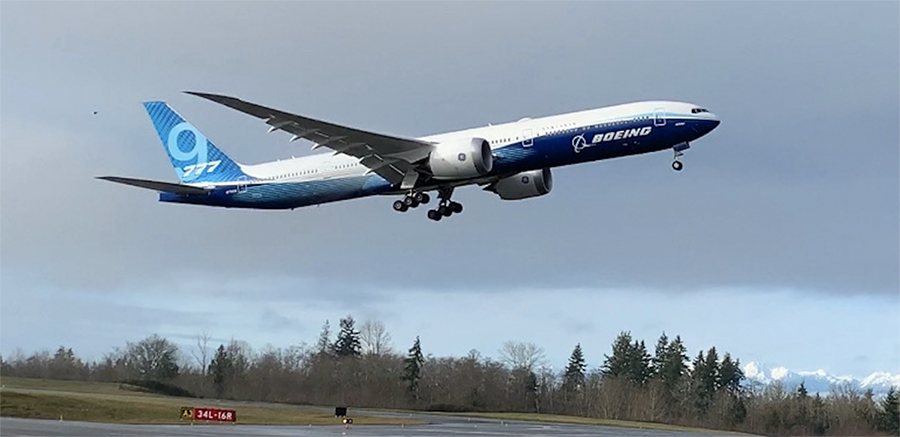At five foot ten and 145 pounds, Alex Gold knows he’s built for speed and distance. “When I tried out for my high school track team, I ran a mile in 5:38, which is really exciting for a freshman,” says the 28-year-old GE Aerospace engineer. “But I really had no idea what I was doing.” It was only when he started training with older mentors on his team that running exerted its deeper pull. “Right away, I could see that it was the one sport where when I put in the work it showed up in results,” says Gold.
This Thursday, GE will hold its annual Investor Conference at GE Aerospace’s Customer Technical Education Center and nearby manufacturing facilities in Cincinnati and will feature keynote presentations from GE Chairman and CEO and GE Aerospace CEO Larry Culp, GE Vernova CEO Scott Strazik, and leaders from both businesses.
It’s been four years since aviation fans, industry executives, aerospace engineers and investors last descended on the local airport in Farnborough, a quiet town about an hour southwest of London. Normally, the Farnborough International Airshow takes place every two years, alternating with the Paris Air Show. Together, they are the focal point for the aerospace industry. The pandemic disrupted this rhythm, but starting Monday the Farnborough show is back on track.
At the Dubai Airshow this week, one of the most anticipated sights will be the Boeing 777X, Boeing’s new plane powered by the GE9X, the most powerful jet engine in the world. But thrust is just one of the engine’s many attributes.
It took Boeing years to develop its newest wide-body passenger jet, the 777X, but just 15 hours to fly it from Seattle to the United Arab Emirates, where the plane made its public debut at the Dubai Airshow on Sunday. First impressions? “Magnificent 777X is out to impress,” one front-page headline declared. “X-pectant,” said another.
The GE9X has only one fan, but that doesn’t stop it from enjoying some serious star power. When GE brought the world’s largest jet engine to the Paris Air Show in 2019, visitors to its chalet mobbed it like a Hollywood actor and just couldn’t stop taking their picture with it.
Two decades ago, GE engineers fanned out across the aviation industry, asking their customers what they wanted to see in a jet engine. The list they came back with was lengthy, comprising some 300 items, but it was topped by a simple request: fuel efficiency. Fuel costs, after all, account for close to a fifth of an airline’s operating expenses.
Big things often come from humble beginnings. Take the GE90, a jet engine so powerful it started a decades-long revolution in passenger aviation that is still ongoing.
The engine allowed large widebody jets with just two engines, instead of the typical four, to fly people between continents, lowering the cost of fuel and maintenance for airlines along the way. That, in turn, started a trend that ultimately spelled the end of service for the iconic Queen of the Sky — the Boeing 747 — and even the Airbus A380 double-decker.
On April 30, the second Boeing 777X airplane successfully completed its test flight, cruising 2 hours and 58 minutes over Washington state and landing at Seattle’s Boeing Field.
Powered by the GE9X engine, the new 777X is the world’s largest and most efficient twin-engine jet. Boeing flew the first 777X in late January.
It may have been drizzly in Everett, Washington, but the rain could not ruin the parade at Paine Field, an airport 20 miles north of Seattle. On Saturday afternoon, just as the sun peeked through the mist, a Boeing 777X took to the skies from Runway 16R-34L on its maiden flight. The twin-engine wide-body passenger jet spent nearly four hours airborne before returning to the airport, where it made a smooth landing.







